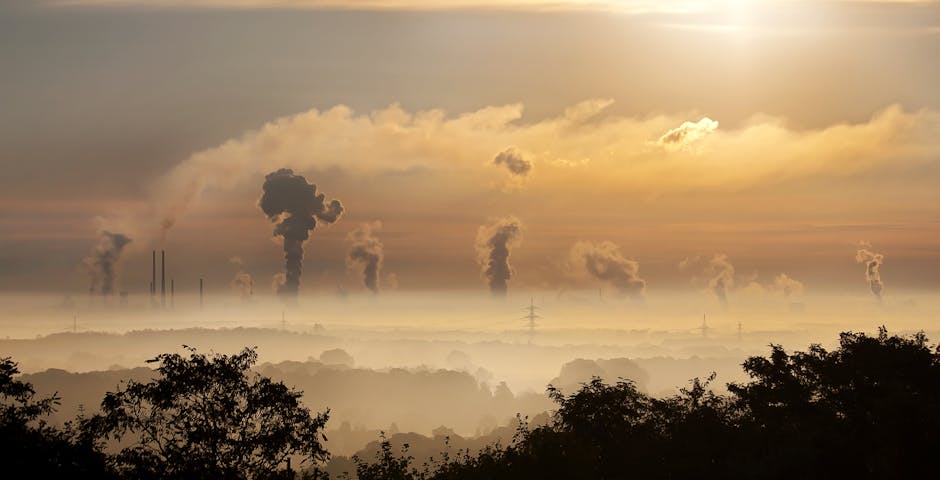You’ve just booked that long-awaited trip—a family holiday to Kerala, a business meeting in Singapore, or a solo adventure in the Himalayas. Being a conscious traveller, you do the responsible thing: you click the airline’s carbon offset option or use an online calculator to check your flight’s footprint. A small payment later, your conscience feels a little clearer.
But what if that number is a dangerous understatement? The reality is that your flight emissions are way higher than carbon calculators suggest, and the real climate cost of your journey could be double, or even triple, what you were told.
The Big Flaw in Most Carbon Calculators
Welcome to the convenient oversight of aviation emissions. The vast majority of carbon calculators, including those used by major airlines, focus on a single culprit: carbon dioxide (CO2). While CO2 is a long-lasting and significant greenhouse gas, it’s only one piece of the puzzle when it comes to flying.
An aircraft engine doesn’t just emit CO2. It releases a complex chemical cocktail into the fragile upper atmosphere, where the damage is dramatically amplified. This is where the real impact comes from, through what scientists call “non-CO2 effects.”
Beyond CO2: The Hidden Climate Costs of Flying
The true warming effect of aviation comes from a combination of factors that standard flight carbon calculators ignore.
Contrails: The Artificial Cloud Blanket
Those wispy white lines planes leave in the sky are called contrails (condensation trails). Far from being harmless water vapour, these man-made ice clouds can spread out, merge, and form high-altitude cirrus clouds. This new cloud cover acts like a blanket, trapping heat that would otherwise escape from Earth, especially at night. This “blanket effect” has a significant net warming impact.
Nitrogen Oxides (NOx) and Other Culprits
At high altitudes, aircraft engines release nitrogen oxides (NOx). These gases trigger chemical reactions that produce ozone, a potent but short-lived greenhouse gas. The engines also spew out soot, sulphur aerosols, and water vapour directly into a part of the atmosphere where they can do the most harm.
The Real Multiplier: How Much Higher Are Flight Emissions?
So, how much bigger is the full impact? To measure the total warming effect, scientists use a concept called “Radiative Forcing.”
The scientific consensus, backed by reports from the Intergovernmental Panel on Climate Change (IPCC), suggests that the total climate impact of flying is at least twice that of its CO2 emissions alone. Some recent studies put this multiplier closer to three.
Let that sink in. For every tonne of CO2 your flight calculator tallied, the real warming effect is equivalent to two or three tonnes. The small offset you paid for was addressing a fraction of the actual problem.
Why This Matters for India’s Booming Skies
This isn’t just an academic debate; it’s a critical blind spot for India, one of the fastest-growing aviation markets in the world. As schemes like UDAN make air travel more accessible, our skies get busier every day. While we celebrate this new mobility, we are unknowingly multiplying our climate impact and fuelling the very crises—erratic monsoons, devastating heatwaves, and Himalayan glacial melt—that threaten our nation.
The reason for this misleading data isn’t a conspiracy. Calculating non-CO2 effects is complex and depends on altitude, time of day (night flights are worse for contrail warming), weather, and engine type. It’s simply easier for calculators to stick to CO2. But “easier” is no longer good enough.
What You Can Do: Fly Smarter and Demand Transparency
This isn’t about shaming people for flying, which is often a necessity in a country as vast as India. It’s about demanding transparency and making informed choices.
- Be Informed: Acknowledge that the true cost of your flight is far greater than advertised. If you choose to offset, consider manually doubling or tripling your contribution to get closer to the real figure.
- Choose Wisely: For shorter domestic routes like Delhi-Chandigarh or Mumbai-Pune, opt for trains. When flying is necessary, choose direct routes, as take-off and landing are the most fuel-intensive phases of a flight.
- Demand Better: Push airlines, travel portals, and carbon calculators to be more honest. They must use comprehensive models that acknowledge the full warming impact of flying, not just the convenient CO2 portion.
The feel-good click of a carbon offset button is lulling us into a false sense of security. It’s time our understanding of aviation’s impact—and our actions—came back down to Earth.




